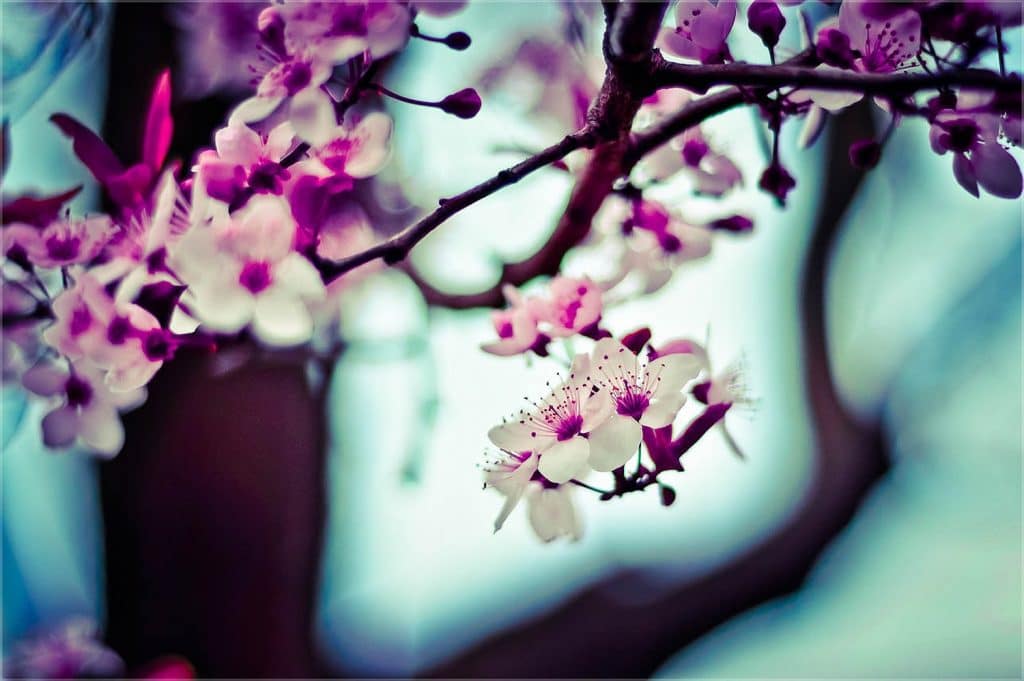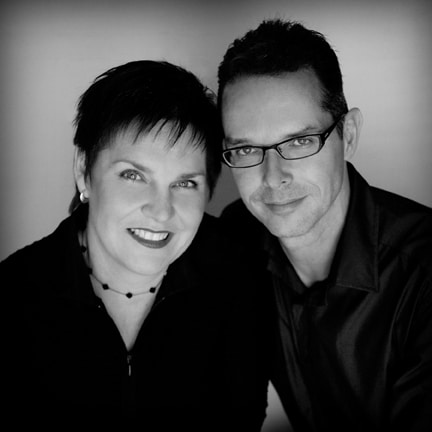
Many things are attributed to attunements in modern times, but how are they viewed from a traditional Japanese perspective? It appears that many contemporary notions relating to what attunements actually do, do not correspond to the Japanese way.
Attunements are one of the five main elements of the system of Reiki. Basically, it is a ritual performed by a teacher with a student with the purpose of energetically supporting the student’s progress.
The best place to begin exploring this subject is by looking at the traditional Japanese word “reiju” which the English word “attunement” has commonly replaced.
There are two kanji which represent the word reiju. The kanji of “rei” can be translated as: soul, spirit or ghost. The second kanji of “ju” can be read to mean: offering, to instruct or blessing.
From this we can reason that reiju signifies either the act of a “spiritual offering” or “spiritual blessing”.
Intrinsically, the process is spiritual in nature. It is therefore not just an act that focuses on working with the ability to heal with the hands, even though this is often believed to be the case today. It indicates a blessing of a spiritual nature or, in other words, through the blessing we can remember our own true spiritual nature. It is this spiritual nature that we need to realise when working with reiju. Hands on healing is a side effect of this work and, in truth, has little to do with reiju.
It is interesting to note that Mrs. Takata (who was the first teacher of the system of Reiki outside of Japan) never called reiju an attunement; instead she referred to it as an “initiation” according to the book “Reiki” compiled by her daughter Mrs. Alice Takata Furumoto. Here she stated that “initiation is a sacred ceremony” and used it in this format “the student takes his second vow of initiation”. It was only after Mrs. Takata’s death that the term “attunement” came into use, becoming a Western construct. Direct translations of Mrs. Takata’s use of initiation can still be found in France with the word “l’initiation”, and in Dutch with the word “initiatie”.
It is time to take a closer look at some of the claims made about attunements today. We have heard the following:
During an attunement the teacher gives the student the symbols.
During an attunement the teacher activates the symbols in the student.
During an attunement the teacher opens certain chakras in the student.
During an attunement the teacher attunes the student to universal energy.
All of these concepts are about doing something to the student. Is this a spiritual statement in line with the meaning of reiju? No. When, as a teacher, you are in a spiritual place you realise that there is nothing to do to a student, as the student has all the necessarily qualities already. Everybody is universal energy, it is only the realisation of this that is lacking.
It is important to see the five elements of the system of Reiki as if they are the five fingers of a hand; with this hand representing the system in its entirety. Each finger has a job to do and often this job entails working with the other fingers to accomplish tasks. Viewing the modern concept of attunement with another element of the system, the Reiki precepts, sheds more light on what, traditionally, the purpose of reiju is.
Read through the Reiki precepts and see if they are in line with the teacher who believes he or she is doing these actions – such as giving symbols, activating chakras etc.
For today only
Do not Anger
Do not Worry
Be Humble
Be Honest in your Work
Be Compassionate to Yourself and Others
Let us look at the last of the precepts which reads “be compassionate to yourself and others”. In true compassion everyone is equal. In this state there is nothing to give, activate, open or attune. In true compassion it is all perfect already. We do not judge another to be imperfect.
Hence, at the highest level of compassion we realise that there is no giver, no gift and no receiver. It is only in this state that compassion can exist in its truest form. Why? Because in this state there are no strings attached to what you do, there is no need for a specific outcome.
By utilising the Reiki precepts you can ascertain whether the statements made by Reiki teachers are reflecting this state of compassion or a state of ego.
While studying in Japan, on December 10th 1935 Mrs. Takata wrote in her diary that Reiki comes from within; “one must purify one’s thoughts in words and to meditate to let true “energy” come out from within”. This understanding that true energy comes from within confirms that there is nothing to give during an initiation. How can you give a student something which actually needs to come from within him or her? You cannot. You can, however, support that process.
There are two main elements of the system taught to Reiki teachers during a Shinpiden Reiki Level III course. One is how to perform the ritual of an attunement, and the other is the fourth Reiki symbol and mantra. If we view these elements as fingers working together on the one hand creating a complete and effective system, we can grasp the idea that the attunement also needs to be seen in the light of this symbol and mantra. The two must be interconnected. In Japan, this fourth symbol and mantra stands for non-duality.
Consider the attunement then in the light of non-duality. Is the Reiki teacher who believes that he or she is giving symbols, activating chakras etc… working from a non-dual perspective? No. Within a non-dual state a Reiki teacher will not say “I give” a student something, “I open”, “I activate” or even “I attune” something. As soon as we say “I”, then “others” are created and the state of non-duality has vanished into thin air.
If you are a Reiki Teacher, please do reflect on these statements to make sure that you are working from within the states of compassion and non-duality – two fundamental approaches that we constantly work with within the system.
To thoroughly understand the attunement from a Japanese perspective we need to see the system as a whole. As we have said, one finger alone is not as effective as a hand; together the elements influence each other and give greater insight into the meaning behind the practise. So, what have we come to understand about attunements from working in this way? Taking the precepts, the symbols and mantras, and the Japanese word for attunement, reiju, we now have a greater and truer awareness of the practise.
A very simple traditional Japanese explanation of reiju is that the student uses the support of an external teacher to realise that which he or she already possesses; one’s own true nature which is something inside each of us. This true nature is perfect already – there is no need to add or purify something, it is perfect the way it is.
This is also why one of the levels of the system of Reiki is called Okuden, meaning “inner” or “hidden” teachings. This level focusses on finding out what is hidden inside of yourself; your true potential.
Why change the concepts of the system of Reiki? Let’s return to the original understanding of that which we love to do and experience the system as a spiritual practice.
Bronwen and Frans Stiene are the co-founders of the International House of Reiki and co-authors of The Reiki Sourcebook, The Japanese Art of Reiki, Your Reiki Treatment, The A-Z of Reiki Pocketbook and the Reiki Techniques Card Deck. Bronwen and Frans teach in the USA, Europe and Australia. Visit the Courses page to find a course near you.


Comments 3
Yes. This is a wonderful thing. It is often said that Reiki is universal life energy; how can one “give” universal life energy? Yes, we already have it. Initiation is a much more accurate term for what we have been taught is an “attunement” … I will adopt this change myself!
Hi Katana,
Yes I think initiation is a much better word.
So true as well, how can we “give” universal energy to someone, well how can we think they do not have it?!
Being a life long student of Raja Yoga Meditation, which is an intense study on the true self deepening out our own awareness through thousands of years…I am perhaps for the first time happy with the article above on what Rei ki is and what it isn’t. I’ve lived in Japan and in China and am a Dutch Reiki Master Teacher of the Usui System of No Drugged Healing living in Worthing, West Sussex in Great Britain. I took Reiki 1 and 2 with one of the very first Reiki Masters in Holland in 1986 after Phyllis Lei Furumoto decided to come to Holland. I was given the Master symbols in a dream by Usui Sensei scrawling symbols in a sand pit with a stick..and was later initiated. Love the energy …saw what it did to communities in Holland…bringing lonely people together…spending time with young men with terminal AIDS in hospital…during that first wave of fear of AIDS ….Nowadays I am living a quiet retired life of study, meditation and inner work… Taking little steps…